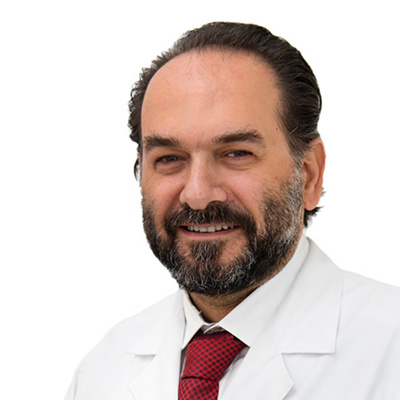Varicose veins are a common condition characterised by the appearance of visible veins in the lower limbs. These veins can vary in size and may or not be accompanied with symptoms.
They can affect both men and women, but women are more prone to developing varicose beins due to hormonal factors
Causes of varicose veins:
- Genetics: many cases of varicose veins have a genetic compenent. If your family has a history of visible veins, you may be more like to develop them
- Gender: females tend to develop varicose veins more often than males, primarily due to hormonal fluctuations
- Pregnancy and hormonal therapy: pregnancy and the use of hormonal therapy, especially oestrogen based therapies, can affect the walls of the veins and increase intravenous pressure, increasing the likelihood of varicose veins
- Obesity and sedentary lifestyle: being overweight and leading a sedentary lifestyle can contribute to the development of varicose veins
- Lifestyle and occupation: prolonged periods of sitting or standing can lead to varicose vein symptoms, even without the presence of highly visible veins
Symptoms:
- Restlessness or pain in the legs which worsens after etended periods of sitting or standing
- Swelling in the lower limbs, often starting around the ankle and increasing throughout the day
- Leg cramps at night
- Visible veins which can range from large, dilated veins to smaller spider veins
- Itching, heaviness or changes in skin appearance in more chronic cases, which can sometimes lead to ulcers
Diagnosis and management
This requires a thorough patient evaluation and correct examination by a specialist. A duplex scan, an ultrasound of the deep and superficial venous system plays a crucial role in determining the appropriate treatment plan.
Treatment options:
- Conservative: lifestyle changes such as regular exercise, proper hydration and avoiding prolonged sitting and standing can help manage varicose veins
- Medical treatment: medications and medical socks that improve venous tone and circulation in the normal pathway can be prescribed
- Sclerotherapy and foam sclerotherapy: these treatments are suitable for small and spider veins
- Endovenous ablation: a minimal invasive procedure using techniques like laser, radiofrequency, glue or microwave to close the diseased veins under local anaesthesia. It involves no incisions, short admissions and quick recovery
- Mini phlebectotomy: a surgical procedure that removes large branches of the main veins through small incisions requiring no stitches and local anaesthesia
Sclerotherapy is a treatment for visible veins using various concentrations of medication. It's performed in a clinic setting, has a short duration, and typically results in minimal discomfort. Some minor skin pigmentation may occur temporarily, but it fades over time. Medical socks are recommended post-procedure for better results, and most patients can resume normal activities within a couple of days.
Varicose vein ablation and its benefits
Traditional surgery or vein stripping for diseased saphenous veins has become a thing of the past, thanks to ablation techniques. Here's why it's worth considering:
- No need for general or spinal anaesthesia
- No large incisions or stitches
- Short hospital stays (around two hours)
- Rapid recovery with minimal downtime
Ablation should be considered if:
- Symptoms persist despite conservative treatment
- Large visible varicose veins are present
- Duplex scan confirms diseased saphenous veins
Ablation is a minimally invasive procedure involving the closure of diseased veins through various techniques like endovenous laser, radiofrequency, microwave, or glue closure under local anaesthesia. The procedure is quick, and patients can return to their normal lives without incisions or restrictions, with a recurrence rate of less than 2%.

